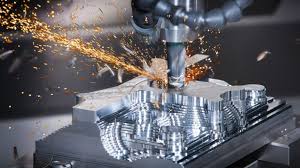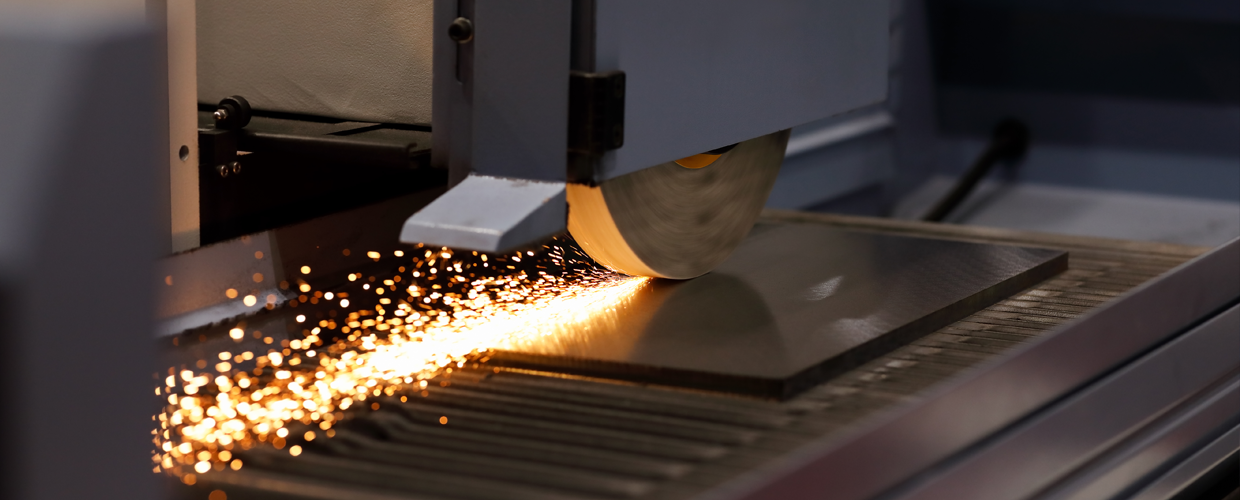Conventional machining
Machining is a method in which a piece of raw material is cut by a managed material removal process into the desired final shape and size.
Conventional machining uses equipment with a sharp cutting tool to extract material to obtain the desired geometry, such as lathes, milling machines, boring machines, drill presses, or others. There is typically direct communication between the instrument and the raw material.
We also have machines for traditional machining, in addition to modern CNC machines, which are important for our development. They are used for the manufacture of spare parts and smaller series of items that are just as important in various productions (even just 1 piece).
Although some series are thin, they require several very distinct processes of machining and precision that we can guarantee with the following machines:

1. TURNATION
We’ve got a lot of various spinning convent lathes. The largest allows up to Ø400 mm and 2000 mm turning length and/or up-to Ø800 mm and 350 mm turning length to be turned on workpieces. This unit is a model from 2013 and includes a 4-clamping jaw, numerous steady rests, and automated measuring sticks.
2. MILLING
The INAS manufacturer’s universal milling machine has an 1100×300 mm table and also a manifold.
3. DRILLING
Different drilling machines allow us to make any kind of workpiece for boreholes and thread cutting.
4. SLOTTING
We provide an external and internal slotting facility for nuts up to a width of 30 mm and a length of 250 mm.
5. GEARING
We can manufacture straight or helical teeth up to Ø300 mm and module 5 with our MAAG gearing unit.
Products manufactured on these machines are primarily used as spare parts for machines and computers, but also in various industrial branches, such as medicine, industry, agriculture, building, etc., for the first introduction into machines for a special purpose.



